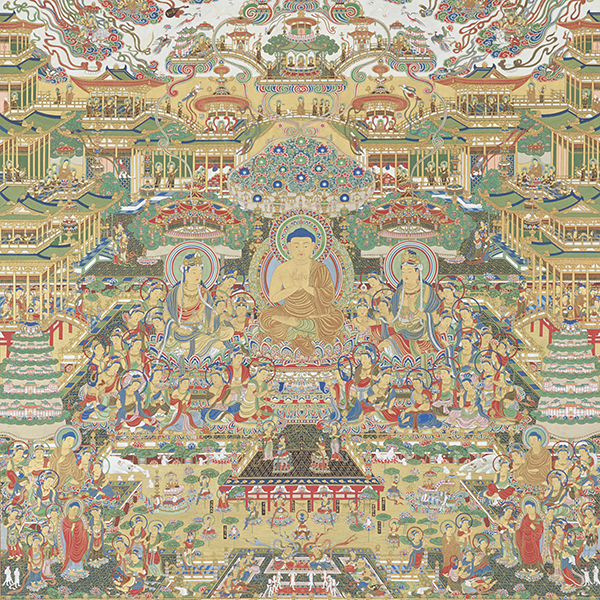Japanese Gallery (Honkan) Rooms T1 & T2
April 5, 2022 (Tue) - May 29, 2022 (Sun)
Given the long history of Buddhist painting in Japan, works from the Edo period (1603–1868) are relatively new and well preserved, with clear outlines and vibrant colors. They incorporated the latest techniques and styles, making them different from older, more conservative works.
Created by a variety of artists including professional painters, monk-painters, and common people who sold their works as souvenirs, these paintings also reflect the diversity of Buddhist belief in the Edo period.

